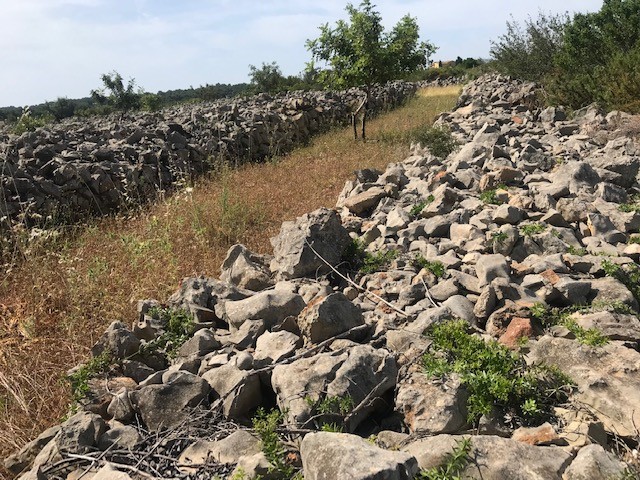All organic and regenerative farmers are united in the view that keeping the soil covered with vegetation is essential to building its fertility. The more vegetation there is above ground, the more roots, organic matter and life will develop below, in a rising spiral of productivity – and the less chance there is of losing soil and nutrients during heavy rain.
Over the last month, I have been visiting growers in Spain and southern France, where rainfall is typically just 400mm or less per year (for comparison, Devon generally receives 1,200-1,300 mm). I became aware of the contradiction between traditional practices to conserve the scarce moisture for crops in the short term, and the need to build the soil’s fertility, organic matter and biodiversity in the longer term.
Where rain is scarce, farmers have learnt that if you keep the soil’s surface loose and free from any weeds or vegetation, water loss through evaporation from the surface is negligible; any rain will move down under gravity, and be effectively sealed and conserved in the soil below. In very dry areas, land may be kept fallow (bare) in this way for years, until the occasional rains accumulate enough precious moisture in the soil to germinate and sustain a crop to harvest. But bare earth quickly loses organic matter, and nearer to the equator, it can get so hot that virtually all life is killed near the surface of the soil.
By contrast, the organic growers I visited have broken with tradition by actually encouraging ground-covering weeds below their trees. Though this might have lost a little water initially, the healthier, more open soil absorbed heavy rain faster and held it better, resulting in less water and nutrients running off. The added biodiversity, particularly flowers, also encouraged beneficial predatory insects, helping to reduce crop losses to insect pests. The soil was bound and shaded by the vegetation, reducing soil erosion and extreme temperatures.
As rainfall becomes scarcer, less predictable, and more intense, the argument for ground cover grows. These farmers were teased by their neighbours for their messy, weedy fields, but their break with tradition is supported by a growing body of evidence. Practices that have worked for hundreds of years should be respected, and often do act as a good guide to sustainability – but history tells us that without fertile soil, agriculture is doomed. Perhaps it is time for some new traditions.













0 Comments